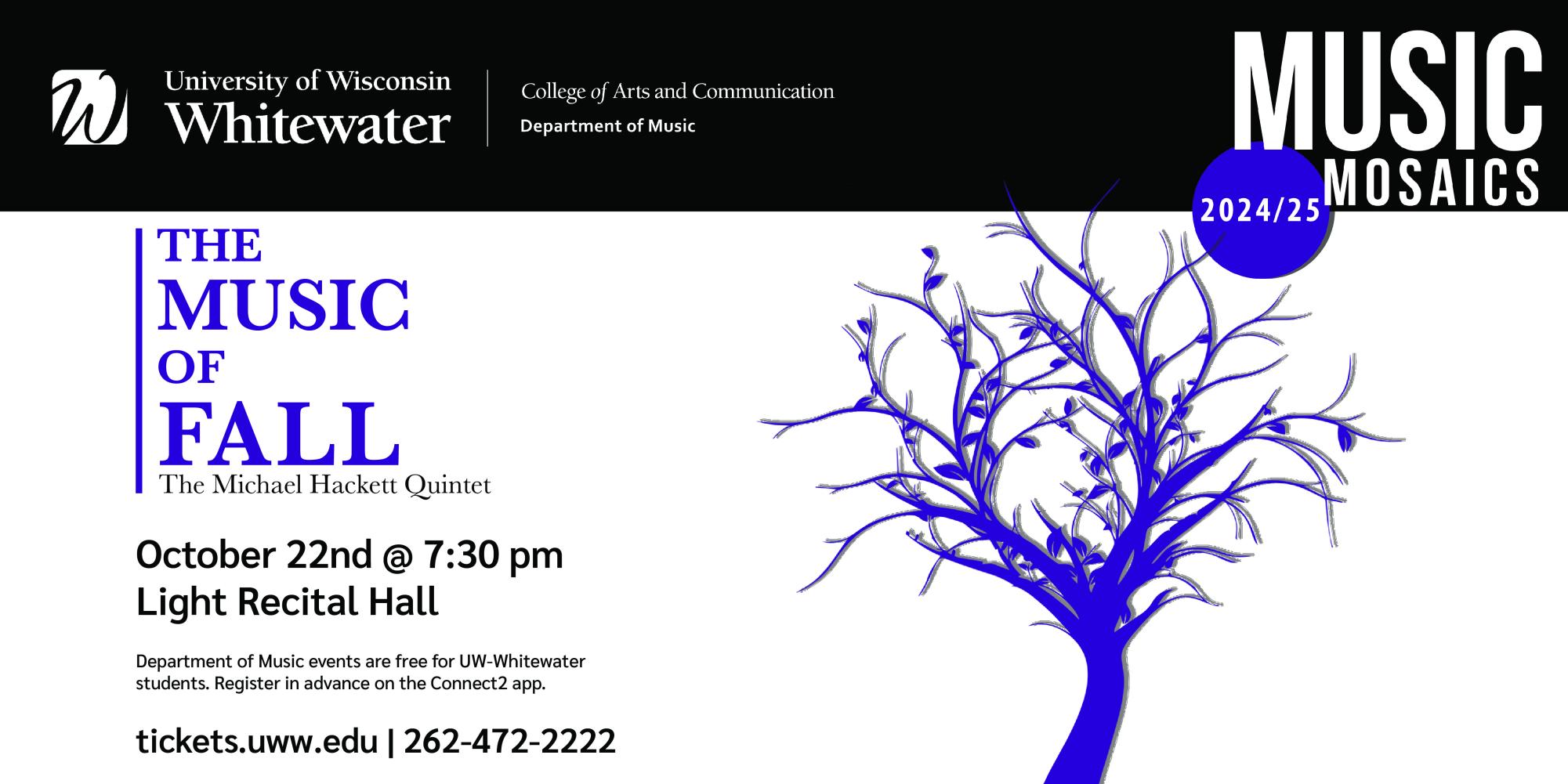Go ‘Phish’: Scam emails creep into inboxes
Influx of suspicious messages leaves students, staff wary
September 10, 2018
Phishing emails have again snuck into University of Wisconsin-Whitewater campus emails.
The suspicious emails usually come from unverified sources, some claiming that immediate action is required by the recipient.
But they can come in many forms.
Many of these scam emails come through because the individuals behind them aim to lure in as many people as possible through targeted messages.
“Phishing attacks happen to university populations during the start of the semester simply because there are so many students, faculty and staff on campus,” said Dane Seckar-Anderson, senior communication specialist for Instructional Communication and Information Technology (ICIT).
Phishing is the practice of sending out emails that claim to represent an organization, business or public official.
In reality, their purpose is to scam people out of personal or financial credentials. Such information can be in the form of passwords, credit card numbers or social security numbers.
While they are dangerous, most phishing attempts can be easily spotted.
Most of these emails will be from an unverified source. Another key attribute is the poor grammar and word usage in these messages.
“I always delete them right away,” said Junior Samantha Lynn, who has noticed a slew of these hoax emails in her inbox.
Students should also be aware that they can report phishing attacks to the university by sending the phishing email as an attachment to [email protected].
ICIT will promote cyber security with tips, facts and games throughout October as a part of National Cyber Security Awareness Month.












Oliver • Feb 15, 2019 at 4:50 am
There is scam all over world, You can see with the technology Such Type of activity you can see that, Even Some people hack pcs and call them that your system is hacked if you want to secure then pay for it. Better to keep secure . My Canon printer not responding after get hicked.
bean • Nov 1, 2018 at 12:54 pm
Phishing is one kind of cybercrime technique which has the main intention to obtain the personal information and the whole process is done via email by sending the malicious link to the victim but at the same time some new techniques are also invented to stop this kind of attack such as office 365 provide the full security by adding a filter which protects from phishing and error code 0xc004f074 occur then it will remove automatically.